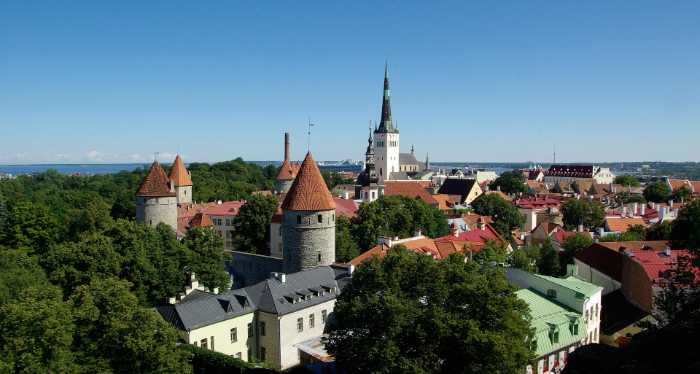
Tallinn
EstoniaTallinn, the enchanting capital of Estonia, often feels like stepping into a medieval fairytale with its remarkably preserved Old Town, a UNESCO World Heritage site. Yet, beneath its Hanseatic charm lies a history stretching back millennia, and a contemporary spirit that blends seamlessly with its ancient stones. It wasn't always the undisputed heart of Estonia; for periods under foreign rule, other centers held sway, a testament to the country's strategic location and shifting powers in the Baltic region. Yet, Tallinn's crucial port and defensive advantages ultimately solidified its role as the nation's enduring capital. Consider this: Tallinn's Town Hall Square (Raekoja plats) has served as a bustling marketplace and a focal point of city life since at least the 13th century. Remarkably, it still hosts various events and markets today, seamlessly connecting its medieval past with its vibrant present. Imagine strolling across the same cobblestones where merchants traded centuries ago, now perhaps browsing for local crafts or enjoying a festive atmosphere. Intriguingly, Tallinn boasts one of the oldest continuously operating pharmacies in Europe, the Town Hall Pharmacy (Raeapteek), which first opened its doors in 1422. Legends abound about the unusual remedies once sold there, including powdered unicorn horn and burnt hedgehogs, offering a fascinating glimpse into the medical beliefs and practices of the time. Today, it still functions as a pharmacy while also housing a small museum showcasing its intriguing history. Another fascinating aspect of Tallinn lies in its surprisingly extensive network of secret tunnels beneath the Old Town. These subterranean passages, some dating back to the medieval era, served various purposes over the centuries, from storage to providing shelter during wartime. Parts of these tunnels are now open to the public, offering a unique and slightly eerie perspective on the city's hidden depths and its strategic defenses. Beyond its medieval wonders, Tallinn holds a significant place in technological history. It was the birthplace of Skype, the groundbreaking video calling software that revolutionized global communication. This unexpected connection to modern technology underscores Estonia's forward-thinking spirit and its ability to blend its rich heritage with cutting-edge innovation. Furthermore, Tallinn's iconic Toompea Castle, perched atop a limestone hill overlooking the Old Town, has been a seat of power for centuries, serving as a stronghold for various rulers, from Danish and Swedish to German and Russian. Today, it houses the Estonian Parliament (Riigikogu), symbolizing the continuity of governance on this historically significant site. Finally, for those with a taste for local folklore, Tallinn has a charming legend associated with its "Vana Toomas" (Old Thomas) weather vane atop the Town Hall tower. This iconic figure, a symbol of the city since 1530, is said to have been inspired by a young boy who, despite being too small to participate in an archery contest, managed to shoot down a wooden parrot perched atop a pole, thus becoming the city's first "Old Thomas." To explore Tallinn is to encounter a city where medieval marketplaces thrive alongside modern technology, where ancient pharmacies whisper tales of bizarre remedies, and where a legendary weather vane continues to watch over a capital that seamlessly blends its captivating past with a dynamic present.
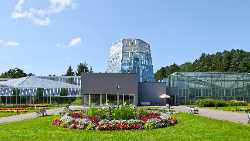 Botanic Garden of Tallinn
Botanical Garden
Botanic Garden of Tallinn
Botanical Garden
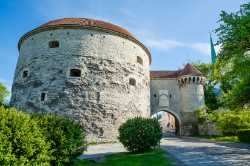 Fat Margaret Tower
Castle
Fat Margaret Tower
Castle
 Toompea Castle
Castle
Toompea Castle
Castle
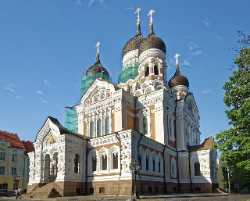 Alexander Nevsky Cathedral
Church
Alexander Nevsky Cathedral
Church
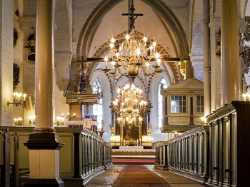 St. Mary’s Cathedral
Church
St. Mary’s Cathedral
Church
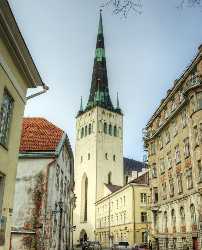 St. Olaf’s Church
Church
St. Olaf’s Church
Church
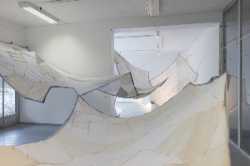 Uus Rada Gallery
Gallery
Uus Rada Gallery
Gallery
 Design & Architecture Gallery
Gallery
Design & Architecture Gallery
Gallery
 Haus Gallery
Gallery
Haus Gallery
Gallery
 Rataskaevu 6 Art
Gallery
Rataskaevu 6 Art
Gallery
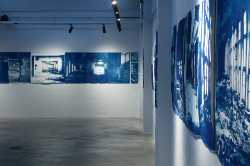 ArtDepoo Gallery
Gallery
ArtDepoo Gallery
Gallery
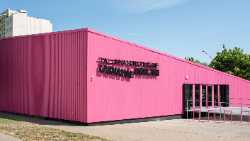 Tallinn Art Hall
Gallery
Tallinn Art Hall
Gallery
 Draakoni Gallery
Gallery
Draakoni Gallery
Gallery
 Vaal Gallery
Gallery
Vaal Gallery
Gallery
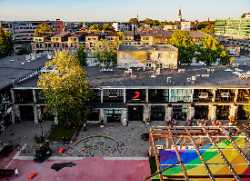 Telliskivi Creative City’s Gallery
Gallery
Telliskivi Creative City’s Gallery
Gallery
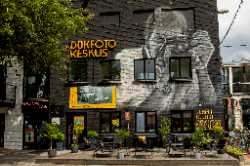 Juhan Kuus Documentary Photography Centre
Gallery
Juhan Kuus Documentary Photography Centre
Gallery
 Temnikova & Kasela Gallery
Gallery
Temnikova & Kasela Gallery
Gallery
 Tütar Gallery
Gallery
Tütar Gallery
Gallery
 Telliskivi Creative City
Gallery
Telliskivi Creative City
Gallery
 Pikk Hermann Tower
Historical landmark
Pikk Hermann Tower
Historical landmark
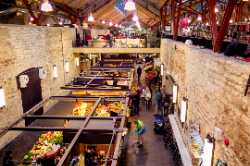 Balti Jaama Turg
Market
Balti Jaama Turg
Market
 Chocolala Chocolate Museum
Museum
Chocolala Chocolate Museum
Museum
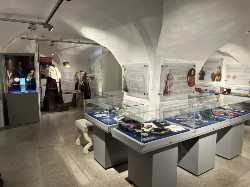 Tallinn Museum of Orders of Knighthood
Museum
Tallinn Museum of Orders of Knighthood
Museum
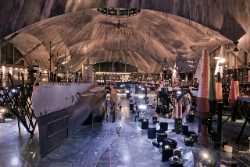 Seaplane Harbour
Museum
Seaplane Harbour
Museum
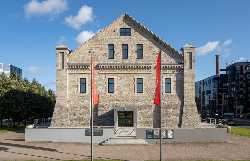 Estonian Museum of Architecture
Museum
Estonian Museum of Architecture
Museum
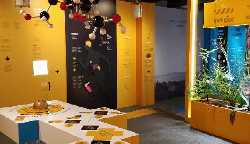 Estonian Health Museum
Museum
Estonian Health Museum
Museum
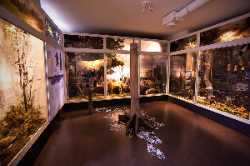 Estonian Museum of Natural History
Museum
Estonian Museum of Natural History
Museum
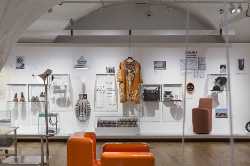 Estonian Museum of Applied Art and Design
Museum
Estonian Museum of Applied Art and Design
Museum
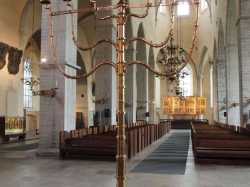 Niguliste Museum
Museum
Niguliste Museum
Museum
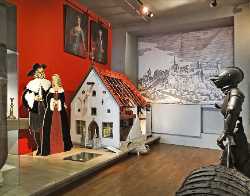 Tallinn City Museum
Museum
Tallinn City Museum
Museum
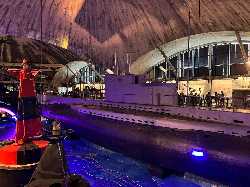 Estonian Maritime Museum
Museum
Estonian Maritime Museum
Museum
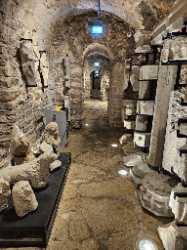 Kiek in de Kök & Bastion Tunnels
Museum
Kiek in de Kök & Bastion Tunnels
Museum
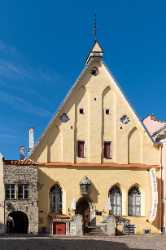 Estonian History Museum
Museum
Estonian History Museum
Museum
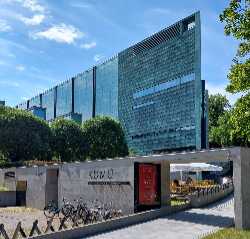 Kumu Art Museum
Museum
Kumu Art Museum
Museum
 Children’s Museum Miiamilla
Museum
Children’s Museum Miiamilla
Museum
 Estonian Open Air Museum
Museum
Estonian Open Air Museum
Museum
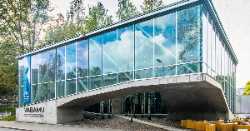 Vabamu Museum of Occupations and Freedom
Museum
Vabamu Museum of Occupations and Freedom
Museum
 Kadriorg Art Museum
Museum
Kadriorg Art Museum
Museum
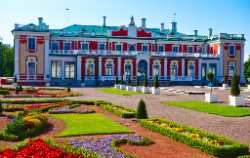 Kadriorg Palace
Museum
Kadriorg Palace
Museum
 Contemporary Art Museum of Estonia
Museum
Contemporary Art Museum of Estonia
Museum
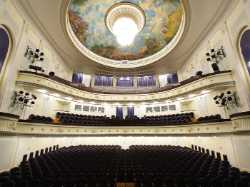 Estonian National Opera
Opera House
Estonian National Opera
Opera House
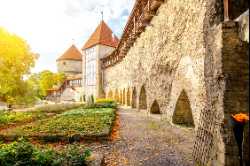 Danish King's Garden
Park
Danish King's Garden
Park
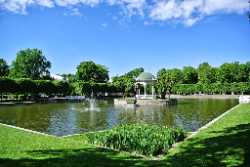 Kadriorg Park
Park
Kadriorg Park
Park
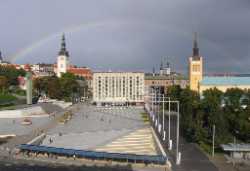 Freedom Square
Square
Freedom Square
Square
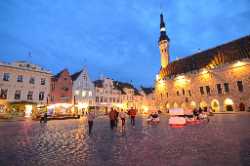 Town Hall Square
Square
Town Hall Square
Square
 Viru Street
Street
Viru Street
Street
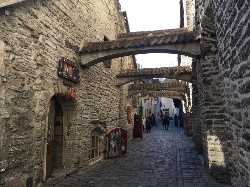 St. Catherine’s Passage
Street
St. Catherine’s Passage
Street
 Russian Theatre
Theatre
Russian Theatre
Theatre
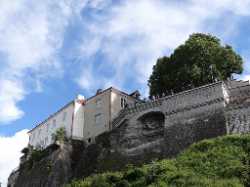 Patkuli Viewing Platform
Tourist attractions
Patkuli Viewing Platform
Tourist attractions
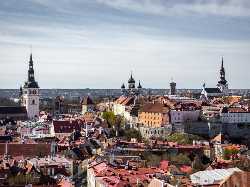 Tallinn Old Town
Tourist attractions
Tallinn Old Town
Tourist attractions